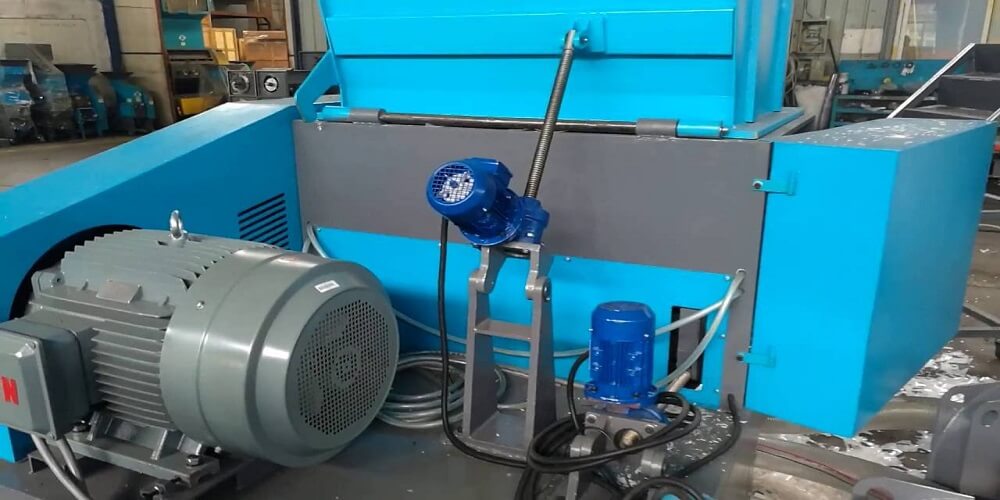Plastic recycling has been growing into a major enterprise in recent times, with plastic making up 10% of all waste produced by humans. This is because plastics containers are easy to produce and cheap. Coupled with their durability and minimal weight, they are the most popular packaging solution in modern history.
As such, there is a growing demand for plastic recycling systems, and also for more innovative ways to make use of these recycled plastics. It’s important therefore to discuss this process in some detail, and to understand where plastic granulators and other recycling equipment come in.
First of all, let’s take a look at the plastics themselves.
There are many types of plastic, but some of them cannot be recycled in an economically viable manner. For example, Polystyrene, Polypropylene, and Low-density Polyethylene are not recycled because they aren’t very machine friendly. Because of their nature, they sometimes clog up the sorting machines and can cause damage.
On the other hand, High-density polyethylene (milk bottles and body lotion containers), PVC (juice bottles), and Polyethylene terephthalate (PET: soft drink bottles) can be recycled.
Stages of Plastic Recycling
Now that you know your plastics, here are the stages in the recycling process:
- Collection is the first stage. You’re going to need some plastic to recycle. Unless you have a plastic making factory, you probably don’t generate the amount of plastic waste necessary to run the recycling process. Therefore, your raw material will mostly come from plastic waste disposed of by the public. Difficulties arise if the plastics have not been disposed of in a proper recycle trash bin.
- The next step is sorting. As we discussed earlier, not all plastics can be processed the same way, so you will have to separate the plastics you will be recycling from the rest of the collected material. You will also need to sort out the plastics based on color, type, and production methods.
- After this, you will need to thoroughly wash the selected plastics to remove anything that isn’t plastic. This would range from the contents of the plastic containers to the labels. Failing to do this will mean structural issues in the final product.
- Shredding the plastics is the next stage in the process. This is where the recycling truly begins and where the plastic granulator does its work. The plastics are run through several granulating machines that reduce them into much smaller pieces. This allows them to be processed, reshaped, or transported easier.
- After running the shredded pellets through a metal detector or under a magnet, the plastics are then tested to determine their composition and structure. First, the density of the plastics is tested, and then the thickness.
- The matching plastics are then collected and put through the next stage; compounding (or extruding). This is where the plastics are melted and then extruded to their final form. After this stage, they can be used as the raw material in the plastic-making process.
Conclusion
Although this process can only be repeated a couple of times before the plastic is no longer useable, it is an important step in raising awareness about recycling and curbing the amount of plastic waste that ends up where it shouldn’t.


